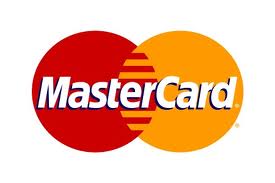Facebook Advertising and Creativity.
Facebook had a big marketing day in NYC yesterday at the American Museum of Natural History. They shared how they’re going to garner big excitement in the advertising world by creating new opportunities for marketers and their agents who advertise on Fotch-book. Advertiser pages will have special functionality, new ad positions will open up, mobile ads will be more something and, of course, data and ad tailoring will improve and be revolutionary.
This is Facebook’s post IPO.
The problem with all these announcements is two-fold. People don’t like ads, because most of them are poorly constructed, and people don’t like those who profit excessively from anything. Jeremy Lim anybody?
So if Facebook and marketers are going to make this work, the ads (20-30 words though they may be) are going to need to be better. On a NYT cover story today, it was mentioned that 250 millisecond load time is competitive advantage for a website. That being said, do you think a crappy ad in your load or stream is going to be welcome? And if the universe of unique daily ads goes from 500,000 to 10 million, are those ads likely to be good, creative and engaging? Creativity will be at a premium. This is going to be a wild ride. Peace.




